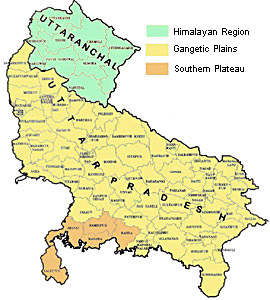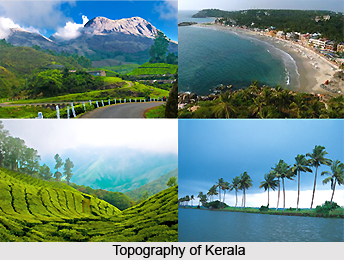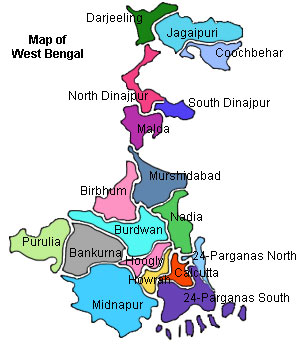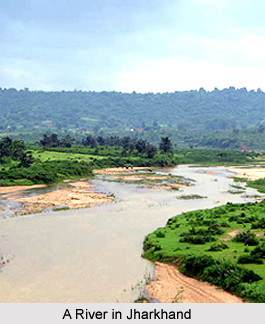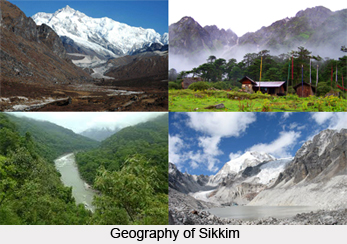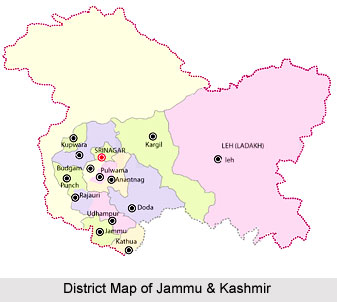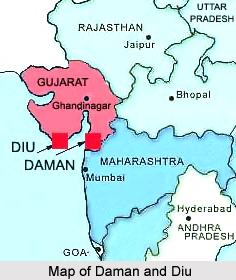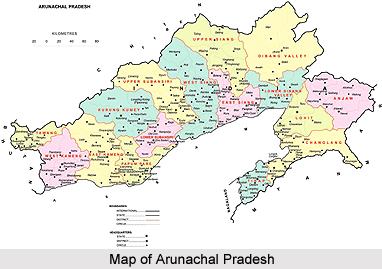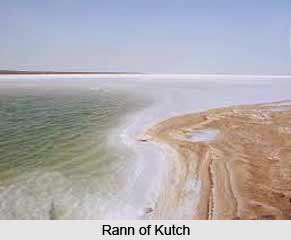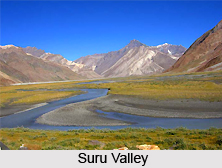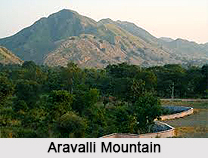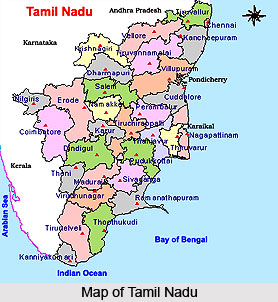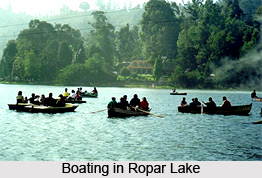 History of Ropar Lake is associated with the archaeological age in India. Ropar is one of the major sites of Indus Valley civilization. Ropar is situated on a high ancient embankment overlaying the Shiwalik region on the left bank of the Sutlej River where it emerges into the plains. It has yielded a sequence of six ancient periods or phases with some breaks from Harappan times to the present day.
History of Ropar Lake is associated with the archaeological age in India. Ropar is one of the major sites of Indus Valley civilization. Ropar is situated on a high ancient embankment overlaying the Shiwalik region on the left bank of the Sutlej River where it emerges into the plains. It has yielded a sequence of six ancient periods or phases with some breaks from Harappan times to the present day.
An archaeological museum of the Archaeological Survey of India at Ropar has displays of the antiquities unearthed during the excavations of mound in the area along with photographs displaying excavation material.
A deep well with a stone inscription of Mughal Emperor Shah Jahan has been located at the foot of the mound. The excavations near Ropar Lake have established that advanced civilization similar to the Indus Valley Civilisations of Harappa and Mohenjodaro prospered in Ropar town, which is an integral part of the wetland.
The area of Ropar Lake has also a modern history in respect of Anglo-Sikh relations. On 26 October 1831, near Ropar Lake, Sikh Maharaja Ranjit Singh and Lord William Bentinck, the British Governor General signed an agreement defining the Anglo-Sikh relations and territories.
This article is a stub. You can enrich by adding more information to it. Send your Write Up to content@indianetzone.com
